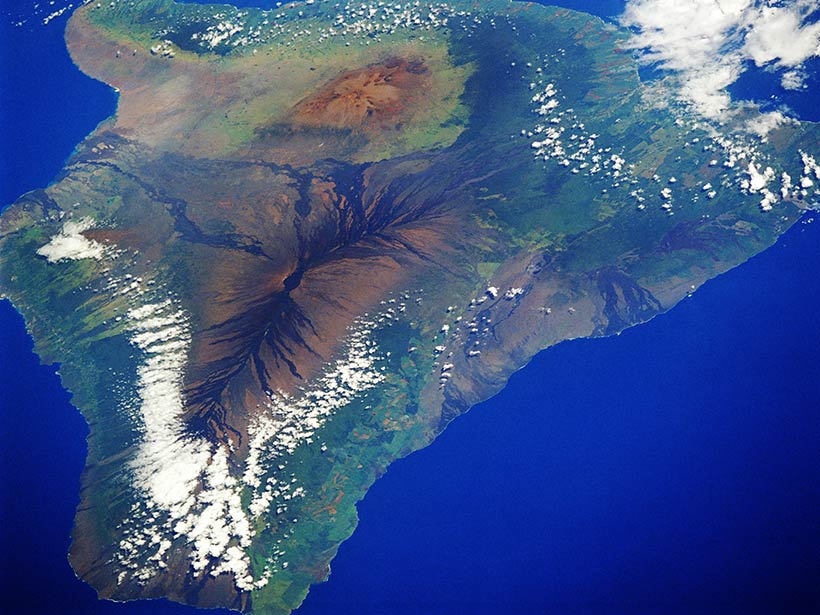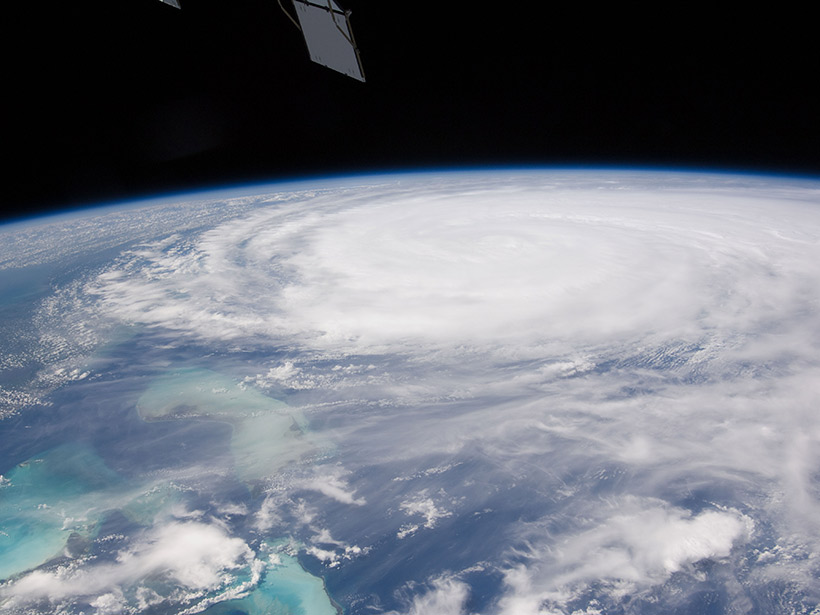Scientists review several decades of research on the complex freshwater reach where fluvial and tidal forces meet.
Research Spotlights
Research spotlights are plain-language summaries of recent articles published in AGU’s suite of 24 journals.
Climate Change Influences the Dynamics Behind Tropical Cyclones
A new model reveals how cumulus convection, humidity, and tropical circulations interact as global temperatures rise.
Eating Less Meat, Wasting Less Food Could Save Water Worldwide
In tandem, two strategies could lower water consumption by 28% and ensure better water supply for more than 600 million people.
Electrons Thrown Off Course in Near-Earth Magnetic Reconnection
NASA Magnetospheric Multiscale (MMS) mission detects energy differences in electrons scattered by magnetic reconnection.
A Hole in Earth’s Surface
Research shows that a broken lithosphere underneath the island of Hawai'i could explain the island's patterns of seismic activity.
What Causes Long-Term North Atlantic Surface Temperature Cycles?
New evidence strengthens a likely link between 20- to 40-year sea surface temperature fluctuations and varying ocean circulation patterns.
Ionospheric Waves Linked to Polar Atmospheric Dynamics
Ionospheric waves are likely to be caused by processes in the polar atmosphere rather than by space weather.
What Makes Long-Runout Landslides So Mobile?
New research shows that acoustic waves rippling through some large landslides can reduce friction and allow slides to run out long distances.
A Decade of Progress in Stratospheric Aerosol Research
Enhanced technology and chemistry-climate models have advanced our understanding of the sources and processes controlling the evolution of the stratospheric aerosol layer, the so-called Junge layer.
The Role of Water in Earth's Tectonic Plumbing Systems
Tidal forces act on well water around the San Andreas Fault, giving researchers a new window into the hydrogeological structure of fault zones.






